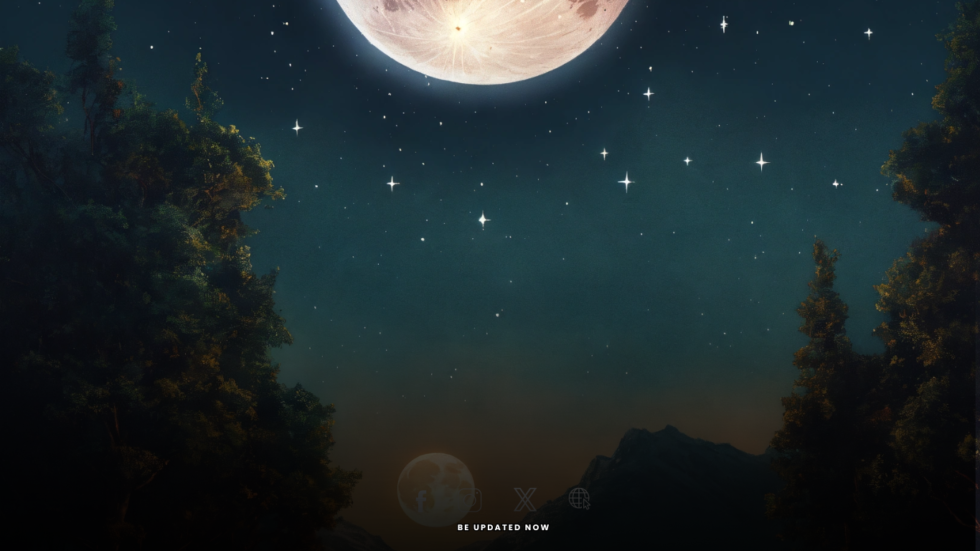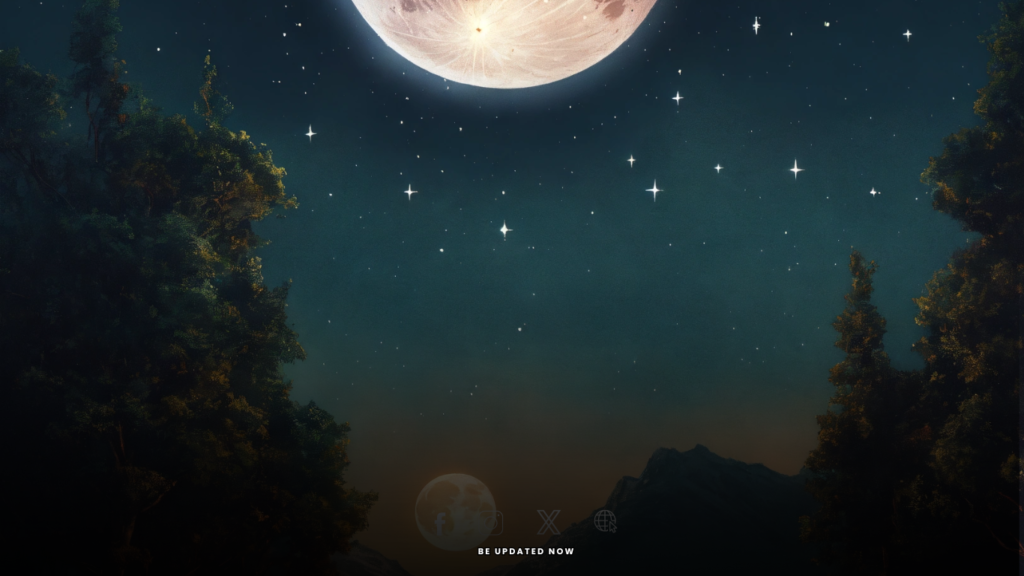
This month, Earth is set to experience a celestial phenomenon that only occurs every few decades—a temporary “mini-moon.” This small asteroid, designated 2024 PT5, will be captured by Earth’s orbit and will grace our skies from September 29 to November 25, 2024. For those captivated by the wonders of space, this event presents a unique opportunity to observe a rare occurrence that intertwines our planet with the cosmos.
What Is a Mini-Moon?
A mini-moon is a term used to describe an asteroid that temporarily enters Earth’s orbit. Unlike our permanent natural satellite, the Moon, mini-moons are short-lived visitors that can be captured by Earth’s gravitational pull under specific conditions. The term “mini-moon” highlights both the asteroid’s small size—typically ranging from a few meters to a few kilometers in diameter—and its temporary nature.
In the case of 2024 PT5, researchers have confirmed that this mini-moon will orbit Earth for approximately two months before returning to the asteroid belt, where it will continue its journey around the sun. This event provides a thrilling glimpse into the dynamics of our solar system and the interactions between celestial bodies.
The Science Behind Becoming a Mini-Moon
For an asteroid to qualify as a mini-moon, it must meet certain criteria. According to researchers, the asteroid must approach Earth at a close distance—around 2.8 million miles (4.5 million km)—and do so at a slow speed of about 2,200 mph (3,540 km/h).
When an asteroid approaches Earth under these conditions, the gravitational energy can become negative, allowing the asteroid to become temporarily bound to our planet. This gravitational interaction is delicate and relies on the balance between the asteroid’s velocity and its proximity to Earth.
The Path of 2024 PT5
2024 PT5 is expected to follow a horseshoe-shaped orbit around Earth during its two-month stay. The asteroid will enter our gravitational influence, creating a dynamic where it circles around our planet while also moving along its own orbital path around the sun.

As it travels, it will eventually reach a point where it can no longer maintain its orbit and will be ejected back into the asteroid belt. This process occurs due to gravitational disturbances caused by the sun, which can disrupt the trajectories of near-Earth objects.
Historical Context: Previous Mini-Moons
Mini-moon events are relatively rare, occurring every 10 to 20 years. The last notable example was 2022 NX1, which briefly became a mini-moon in both 1981 and 2022. Each occurrence provides valuable insights into the mechanics of gravitational capture and the behavior of asteroids in proximity to Earth.
The Importance of Monitoring Near-Earth Objects
The monitoring of near-Earth objects (NEOs) like 2024 PT5 is crucial for several reasons. Firstly, understanding the behavior of these objects helps scientists assess potential risks associated with asteroid impacts. While 2024 PT5 poses no threat during its visit, other NEOs have been identified as potentially hazardous, making ongoing surveillance essential.
Secondly, studying mini-moons can provide insights into the history of our solar system. These small celestial bodies are often remnants from the early solar system, containing clues about its formation and evolution. By observing mini-moons, researchers can glean information about the composition and behavior of these ancient objects.
How to Observe 2024 PT5
As 2024 PT5 orbits Earth, astronomy enthusiasts and casual observers alike will have opportunities to catch a glimpse of this mini-moon. While specific visibility may vary based on weather conditions and light pollution, here are some tips for observing the event:
- Find a Dark Location: To enhance visibility, seek a location away from city lights. National parks or rural areas typically provide optimal conditions for stargazing.
- Use a Telescope or Binoculars: Although 2024 PT5 may be faint, using a telescope or binoculars can improve your chances of spotting it.
- Check Astronomical Resources: Stay updated through astronomical websites or apps that provide real-time tracking of NEOs.
- Join Astronomy Groups: Local astronomy clubs often organize events and observations, making it easier to connect with others who share an interest in celestial events.
- Follow Social Media: Many astronomers and science communicators share updates on social media platforms, making it easier to stay informed about visibility and conditions for viewing.
The Significance of Mini-Moons in Popular Culture
Mini-moons and asteroids have captured the public’s imagination for decades, often appearing in science fiction narratives and popular culture. Their ephemeral nature lends itself to themes of transience and the wonders of the universe.
Movies and books frequently explore the implications of celestial events, from potential disasters to the thrill of exploration. The idea of a temporary second moon adds an enchanting layer to the night sky, inspiring awe and curiosity among stargazers and casual viewers alike.
Asteroids in Film and Literature
Films like “Armageddon” and “Deep Impact” delve into the idea of asteroids threatening Earth, generating both fear and fascination. Conversely, stories like “The Hitchhiker’s Guide to the Galaxy” playfully explore the absurdities of space travel and the cosmic scale of the universe.
As we prepare to welcome 2024 PT5, it’s worth reflecting on how these celestial events resonate with humanity’s enduring quest for knowledge and understanding of the cosmos. The excitement surrounding mini-moons taps into a broader narrative about our place in the universe and our connection to the stars.
Final Thoughts
As Earth prepares to welcome asteroid 2024 PT5 as a temporary mini-moon, we are reminded of the wonders of our universe and the intricate dance of celestial bodies. This event offers a unique opportunity to appreciate the beauty of the night sky and the complexity of gravitational interactions.
For a brief moment, we will share our planet with a second moon, a reminder of the cosmic forces at play and the mysteries that still await discovery. So, mark your calendars for September 29 to November 25—and get ready to witness a rare event that connects us all to the vast expanse of space.
Whether you’re an avid astronomer or simply curious about the cosmos, the arrival of 2024 PT5 promises to be a captivating experience. Don’t miss your chance to engage with the night sky and explore the wonders of our universe. 🌌✨
In conclusion, as we anticipate the arrival of 2024 PT5, let’s embrace the excitement and wonder it brings. After all, the universe is full of surprises, and each celestial event offers a new chance to connect with the cosmos. Y’all ready to rock with having two moons⁉️🌕🌑




